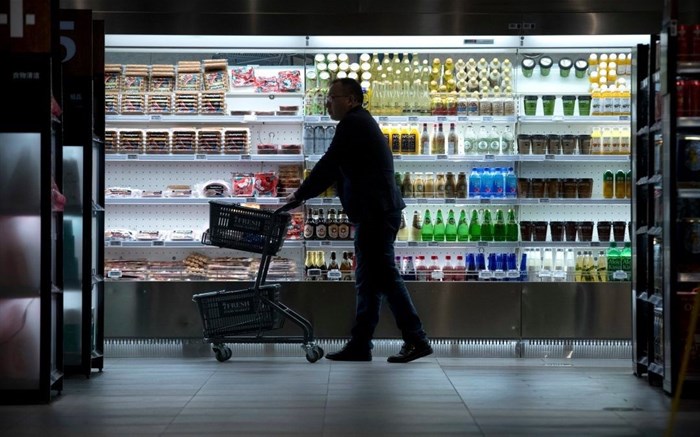
Top stories






More news

















But the products price inflation movements within the food price inflation basket were mixed. The price inflation for most food products categories lifted from the previous month, with the exception of meat, which remained in deflation, registering -1.1% in March 2019.
The uptick in prices of most food products is reflective of the movements of agricultural commodity prices which have increased in the previous months due to expectations of lower harvest, amongst other factors. The most notable one being grains, where SAFEX yellow and white maize prices have consistently been over 20% higher than levels seen last year since January 2019.
But this has done little to lift the headline food price inflation, as it was offset by lower meat prices, which account for more than a third of the food price inflation basket. The softer meat prices were partly underpinned by expectations of an increase in domestic meat supplies as the outbreak of foot-and-mouth disease at the beginning of this year led to a ban on South Africa’s beef in key export markets.
This might change in the coming months, however, as South Africa is currently engaging with a number of countries to re-open export markets for beef in Africa and the Middle East regions. This means the impact of the foot-and-mouth disease might not be as severe as initially expected.
Also, worth noting is that South Africa’s cattle and sheep slaughtering activity is slowing, and this could add support to prices in the near term, as shown in Figure 1 below:

Aside from red meat, poultry products prices could lift somewhat in the coming months, as there is likely to be an uptick in import tariffs. In terms of pork, prices could move sideways in the coming months, as there is no imminent threat from the recent African swine fever outbreak in North West.
Hence, I am of the view that the lower food inflation story could soon be over.
